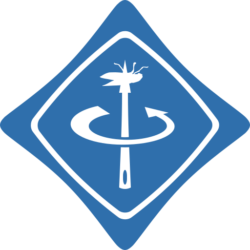The conventional power system model for transient stability analysis assumes of quasi- steady-state phasors for voltages and currents. The crucial hypothesis on which such a model is defined is that the frequency required to define all phasors and system parameters is constant and equal to its nominal value. This model is appropriate as long as only synchronous machines regulate the system frequency through standard primary and secondary frequency regulators. In recent years, however, an increasing number of devices other than synchronous machines are expected to provide frequency regulation. These include, among others, distributed energy resources such as wind and solar. There is thus, from a modeling point of view, the need to define with accuracy the local frequency at every bus of the network.
The lecture presents the definition of complex frequency and poses the basis of a set of equations that link this new quantity with the active and reactive power injections at network buses. These relationships allow defining how device models and their controllers impact the frequency at their point of connection. This is particularly relevant in the context of low-inertia systems where the frequency support must be provided by power electronic converters and devices other than conventional synchronous power plants. The lecture will show how the concept of complex frequency can be utilized both as a metric to quantify the dynamic performance of frequency and voltage controllers and as a powerful tool to design new efficient control strategies. All concepts are illustrated through examples based on IEEE benchmark systems.

